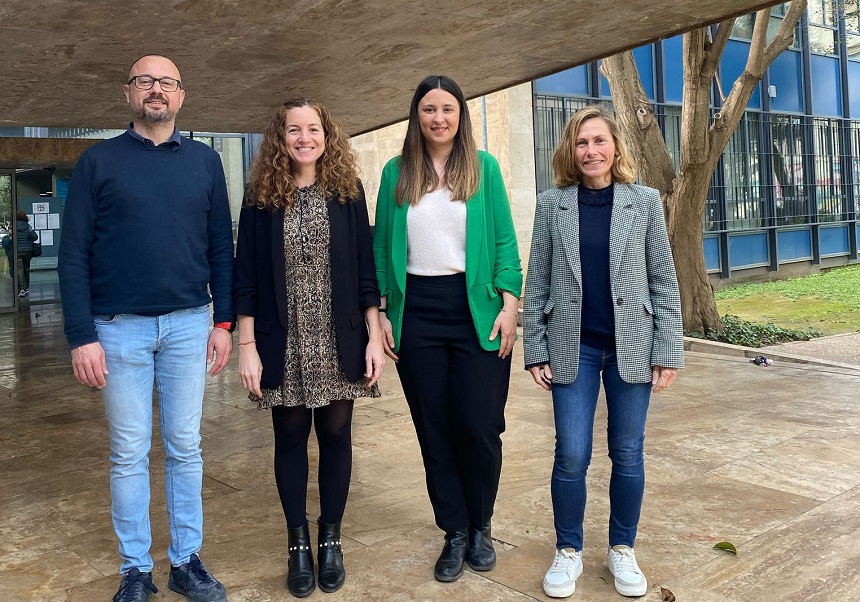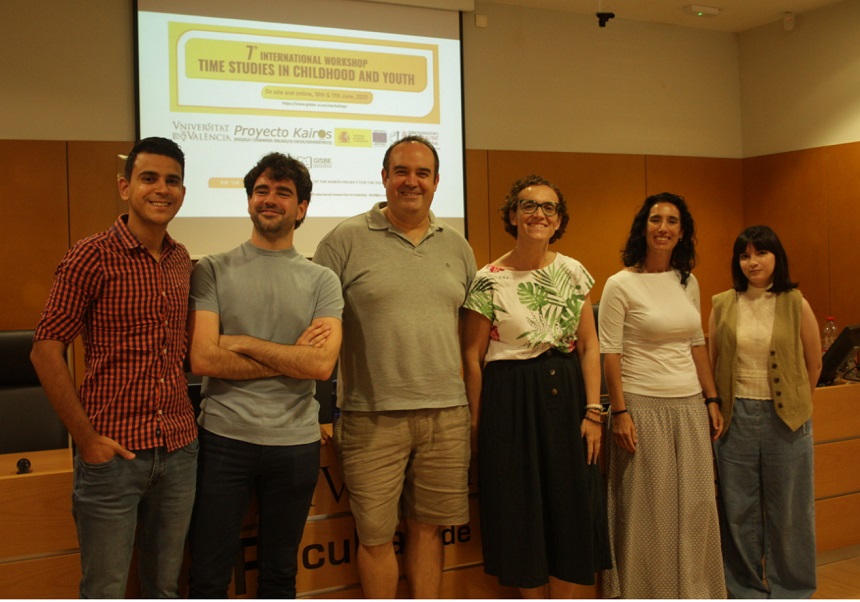A study explains, using the example of the DANA in Valencia, how schools are key to community recovery in the face of adverse events
- Scientific Culture and Innovation Unit
- March 14th, 2025

Researchers from the University of Valencia and the University of Barcelona have produced one of the first scientific studies which, using the example of the DANA, the extreme floods that struck Valencia in October 2024, offers guidance for educational practices in disaster response scenarios, where resilience is essential. Published in the journal Sustainability, the study outlines six types of co-created actions developed with teachers from 18 nursery, primary and special education schools in the most affected areas.
“We acted from the very first moment after the DANA, promoting preventive measures through schools to strengthen solidarity and support within educational communities, to prevent the rise of violence, racism, educational disengagement, and all the consequences that come with it, as well as the loss of meaning among those affected”, explains Esther Roca, lecturer in the Department of Comparative Education and History of Education at the University of Valencia and lead author of the study.
Thus, in eight of the schools, each educational community was mapped – in other words, efforts were made to locate all pupils and community members as a preliminary step to understanding their needs. One school created a network under the slogan “We build a solidarity network – together, no one is alone”, aimed at people who had lost their homes or who needed a space to share feelings or concerns.
The team from the University of Valencia, composed of lecturers from the Faculty of Philosophy and Educational Sciences and members of the White Rose research group (Social Impact of Education, Feminism, Masculinities and Overcoming Gender-based Violence), explains that building optimal learning environments was key – whether in completely destroyed schools functioning online or in alternative spaces, in partially damaged schools, or in host schools welcoming displaced students. The study highlights the importance of reconnecting pupils, even online, citing as examples the support for students with special educational needs or the creation of libraries as community and learning spaces.
The research also describes how spaces were created to dialogue and express feelings, fears or memories related to the DANA, along with solidarity networks. In this way, the needs of pupils and their families were identified, and groups were organised to provide emotional support or help clean up spaces. The study explains how collective support enabled one teacher to overcome the physical and emotional toll of leadership following the DANA.
Furthermore, the research team stresses the importance of maintaining violence-free networks and offering targeted support to vulnerable groups. In the first case, especially in host schools, the study underlines the importance of having created safe spaces that fostered friendships – a measure that mitigated potential vulnerability and exposure to violence, while also helping to prevent mental health issues after the disaster. For vulnerable groups, particular attention was paid to staff with disabilities, ethnic minorities and people living in poverty.
Methodology
The research team analysed the co-creation process of these six actions developed by researchers and teachers using the communicative research methodology. This involved six guided groups, one scientific discussion circle and the use of the WhatsApp application, involving a total of 34 participants, including teaching staff and members of the educational communities.
Article reference: Roca-Campos, E.; Carbonell-Sevilla, S.; Canal-Barbany, J.M.; Barrachina-Sauri, M.; Girbés-Peco, S.; Giner-Gota, E.; Flecha, R. “Co-Creating Educational Action to Protect Children After DANA Floods in Spain. Sustainability 2025, 17, 1542. https://doi.org/10.3390/su17041542
Categories: Investigació a la UV , Internacionalització recerca , Facultat de Filosofia i Ciències de l'Educació , Cultura Científica , Difusió i comunicació científica , Recerca, innovació i transferència
















